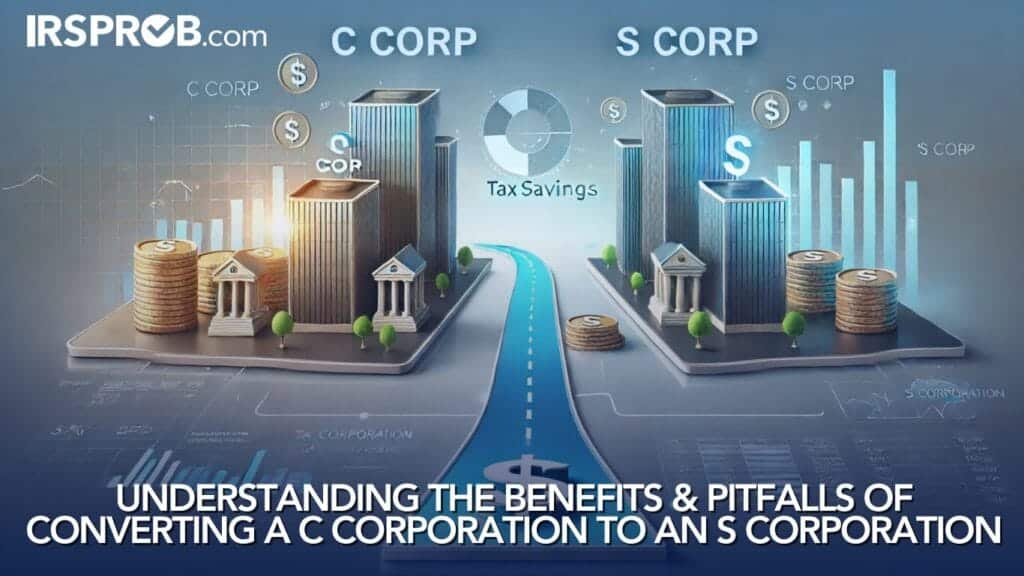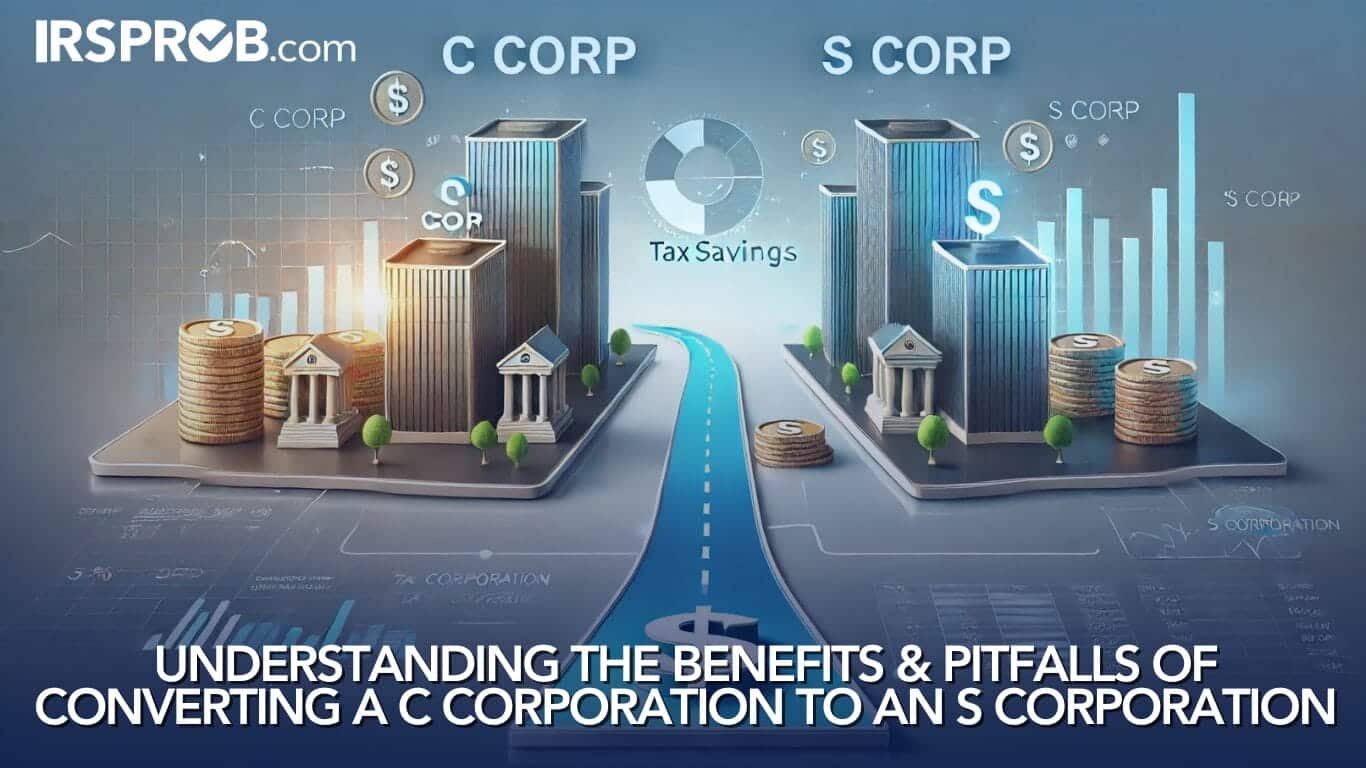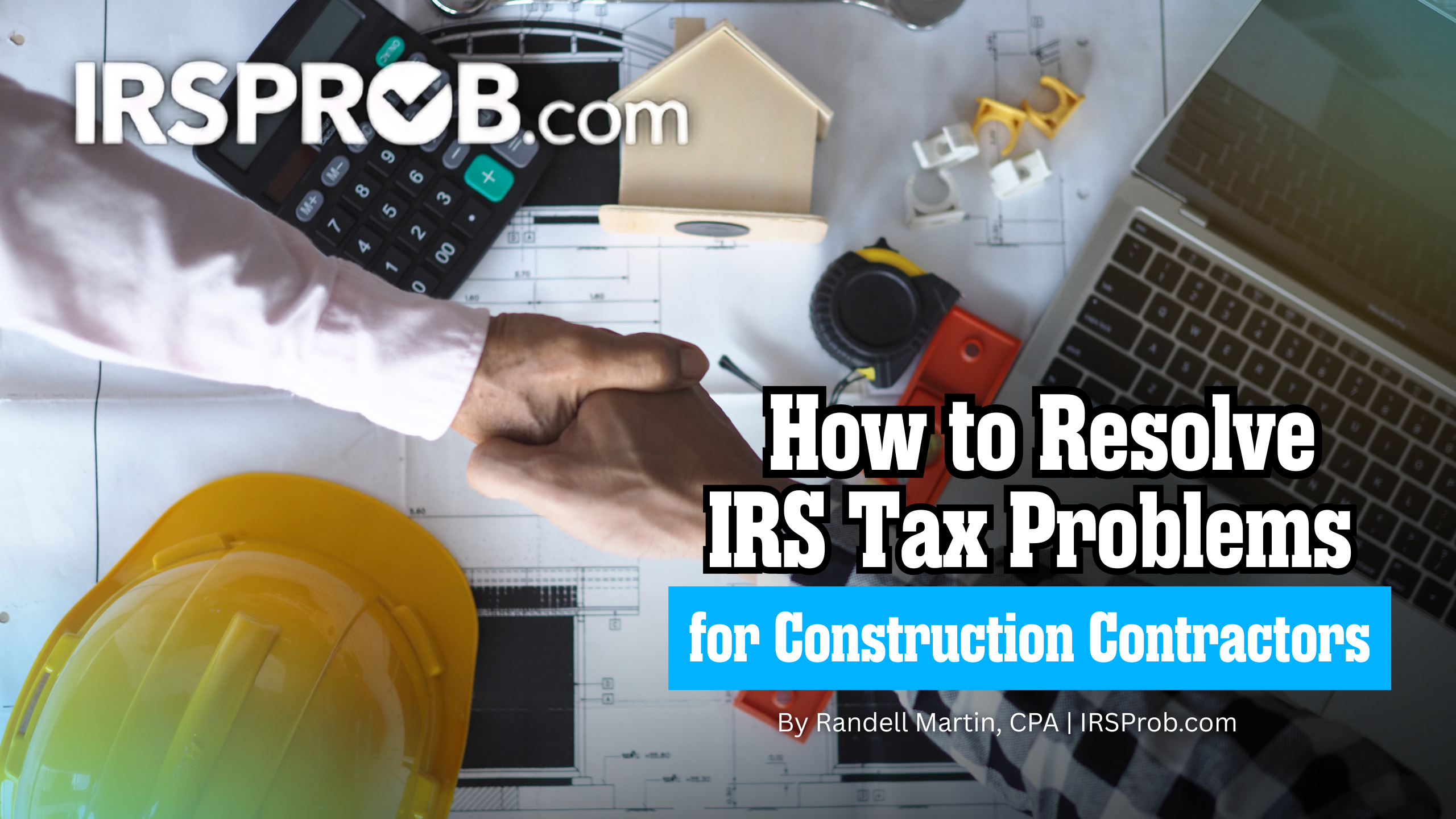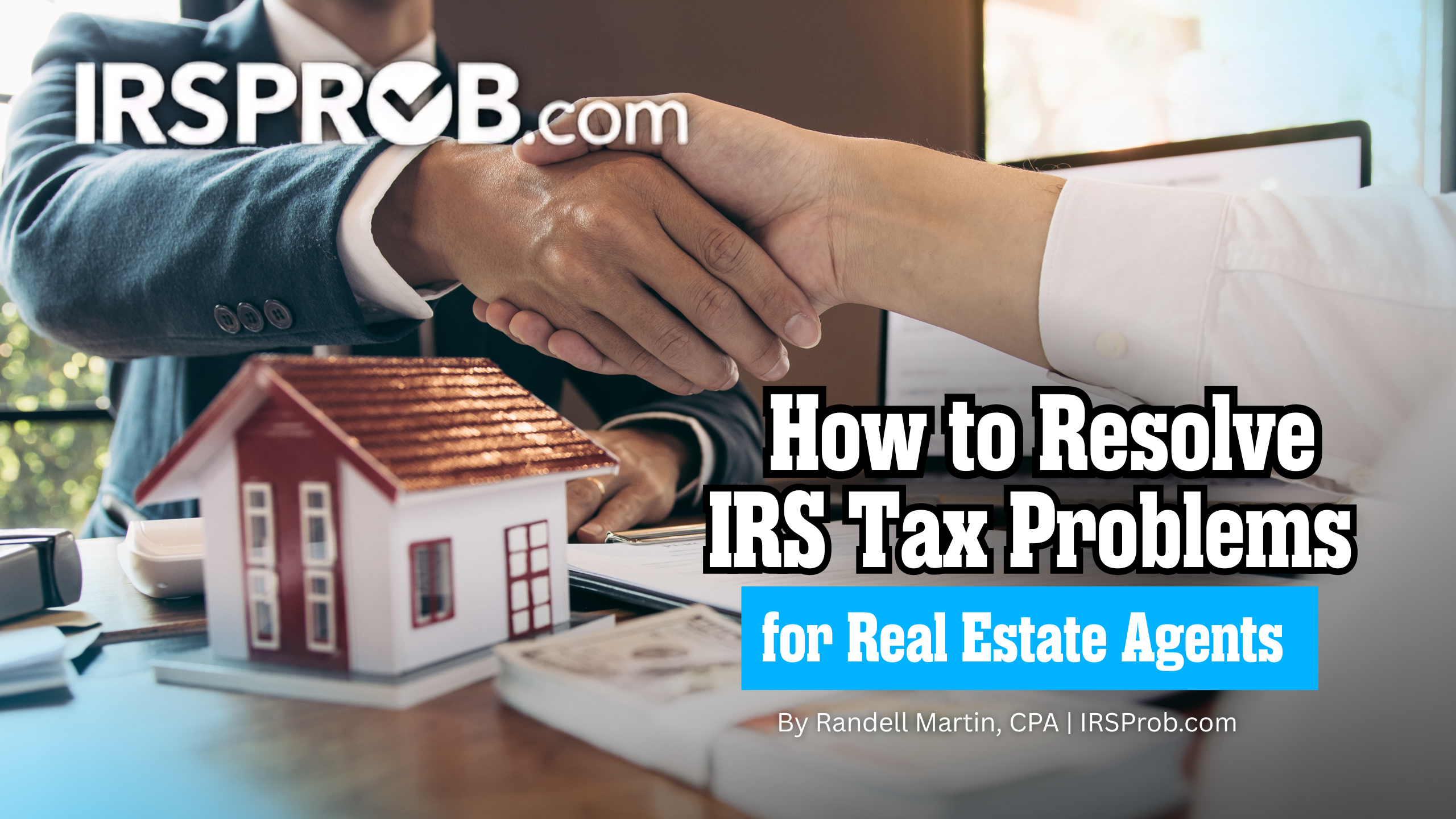
Converting your business from a C Corporation to an S Corporation can be a savvy move that saves you significant amounts in taxes, but it’s not without its risks. As a business owner, understanding the nuances of this conversion is crucial to avoid costly mistakes. In this post, we’ll break down the key aspects of this process, focusing on how you can maximize your tax efficiency while steering clear of the dreaded Built-In Gains (BIG) tax.
Why Convert from C to S Corporation?
Before diving into the complexities, it’s essential to understand why you might want to convert from a C Corporation to an S Corporation. The primary benefit is the avoidance of double taxation. In a C Corporation, the company’s profits are taxed at the corporate level and again at the individual level when distributed as dividends. S Corporations, however, allow profits to pass through to the owners, where they are only taxed once at the individual level. This can result in substantial tax savings.
However, the IRS doesn’t make this transition straightforward. The conversion process triggers the potential for the BIG tax—a tax that can significantly reduce your expected savings if not handled properly.
What is the Built-In Gains (BIG) Tax?
The BIG tax comes into play during the first five years after you convert your C Corporation to an S Corporation. This tax is imposed on any appreciation of assets that occurred while the business was still a C Corporation if those assets are sold or recognized within that five-year window.
For example, if your C Corporation had $200,000 in appreciated real estate and $150,000 in goodwill at the time of conversion, and you sold these within five years, those amounts would be subject to the BIG tax. This tax can be severe, often resulting in a double taxation scenario where you could end up paying up to 50% of the value in taxes.
Strategies to Avoid or Minimize the BIG Tax
Fortunately, with careful planning, you can minimize or even eliminate the impact of the BIG tax. Here are four strategies that can help:
- Eliminate Corporate Goodwill: If the goodwill of your business is tied to you personally (e.g., through your reputation, skills, or relationships), then this is considered personal goodwill and not subject to the BIG tax. Before converting, ensure that an appraisal separates personal goodwill from corporate goodwill, which could save you from a significant tax hit.
- Accurate Appraisal of Appreciated Assets: The BIG tax is only applied to the appreciation that occurred before the conversion. To reduce your tax liability, obtain a professional appraisal of your assets at the time of conversion. This will provide a clear, documented value of the appreciation, which can be used to argue for a lower taxable amount.
- Pay Yourself a Bonus: If your C Corporation underpaid you in the years leading up to the conversion, consider paying yourself a bonus after the conversion. This can create a built-in loss that offsets any gains, reducing your BIG tax liability.
- Wait to Sell Assets: One of the simplest strategies is to avoid selling appreciated assets during the five-year BIG tax period. By holding onto these assets until the five-year period lapses, you can avoid triggering the tax altogether.
The Bottom Line
Converting from a C Corporation to an S Corporation can offer significant tax benefits, but only if you navigate the process carefully. The BIG tax is a major consideration that can erode your savings if you’re not prepared. By understanding the potential pitfalls and employing strategic planning, you can make the most of your conversion while avoiding unnecessary taxes.
At IRSProb.com, we specialize in helping business owners like you make informed decisions about their tax strategies. If you’re considering a conversion or need advice on how to manage your existing S Corporation, contact us today to ensure you’re on the right track.









